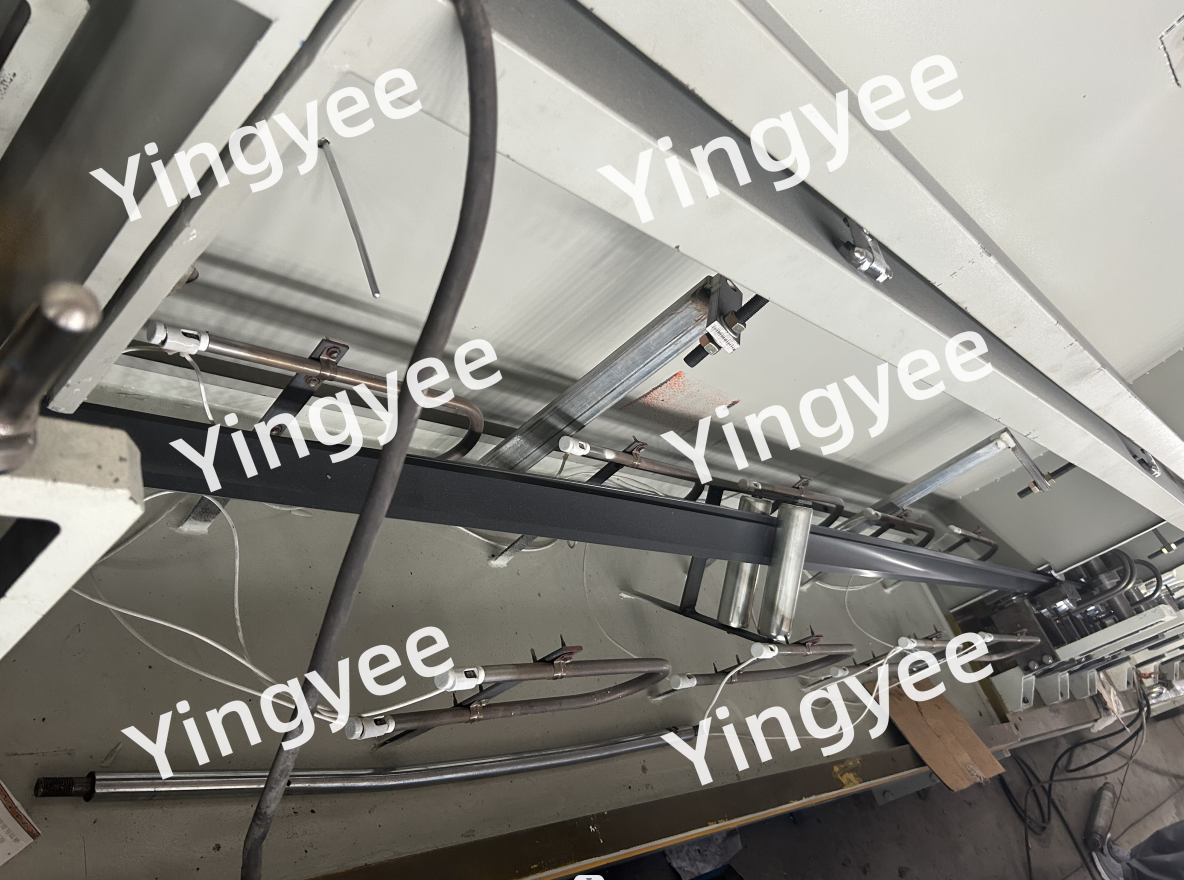
The Evolution and Benefits of Steel Framing Machines
In the rapidly advancing world of construction, efficiency, precision, and sustainability have become pivotal factors driving the industry forward. Among the innovations transforming modern building practices is the steel framing machine. This technological marvel has revolutionized how we approach construction, offering rapid assembly, superior strength, and a plethora of other benefits.
Steel framing, as a method of construction, utilizes steel columns, beams, and metal studs as a framework for buildings. This approach has been widely adopted due to its excellent resistance to the elements, versatility, and longevity compared to traditional materials like wood. As demand for more efficient building techniques has risen, the development of steel framing machines has emerged as a game changer.
A steel framing machine automates the process of producing steel frames. These machines are designed to cut, bend, and assemble steel components with minimal human intervention. Equipped with advanced software, they ensure precision in every cut and weld, vastly reducing the margin for error. This technological capability makes it possible to manufacture steel framework in a fraction of the time it would take using manual methods.
One of the most significant advantages of steel framing machines is their ability to enhance productivity. In a traditional construction setting, workers must measure, cut, and weld each piece of steel individually. This process is not only labor-intensive but also time-consuming. Steel framing machines streamline this process by allowing for mass production of frames in different sizes and specifications. As a result, projects can be completed faster, meeting deadlines and reducing labor costs significantly.

Furthermore, the precision offered by these machines contributes to improved structural integrity. Manual labor can lead to inconsistencies in measurements, which might compromise the stability of the entire building. With steel framing machines, the precision of cuts and angles is assured, resulting in frames that fit together seamlessly, creating stronger and more durable structures. This level of consistency is especially crucial in areas prone to natural disasters, where building resilience is paramount.
Sustainability is another critical factor that drives the adoption of steel framing machines. Steel is often sourced from recycled materials, making it one of the most sustainable building materials available. The use of steel framing reduces the amount of waste generated on construction sites, as machines can utilize materials more efficiently than traditional methods. Moreover, since steel frames are designed for longevity, buildings constructed with steel can lead to reduced environmental impact over time, with less frequent need for repairs or replacements.
In addition to these benefits, steel framing machines also support design flexibility. Architectural requirements often change throughout a project, and the ability to adapt quickly is invaluable. With the use of steel framing machines, it becomes easier to modify designs on the fly, responding to changes with minimal disruption to the construction timeline. This adaptability allows architects and builders to implement innovative designs that might be challenging or impossible with other framing methods.
However, while steel framing machines offer numerous advantages, they also require a level of investment in terms of equipment and training. Proper operation of these machines is essential to maximize their benefits, necessitating a skilled workforce proficient in both the technology and the specific applications of steel framing.
In conclusion, the development of steel framing machines marks a significant advancement in the construction industry. By enhancing productivity, ensuring precision, promoting sustainability, and allowing for design flexibility, these machines are shaping the future of building practices. As technology continues to evolve, embracing innovation will be key for construction professionals seeking to stay ahead in a competitive market. The synergy of modern engineering and traditional craftsmanship through machines will undoubtedly lead to a new era in efficient and eco-friendly construction methodologies.